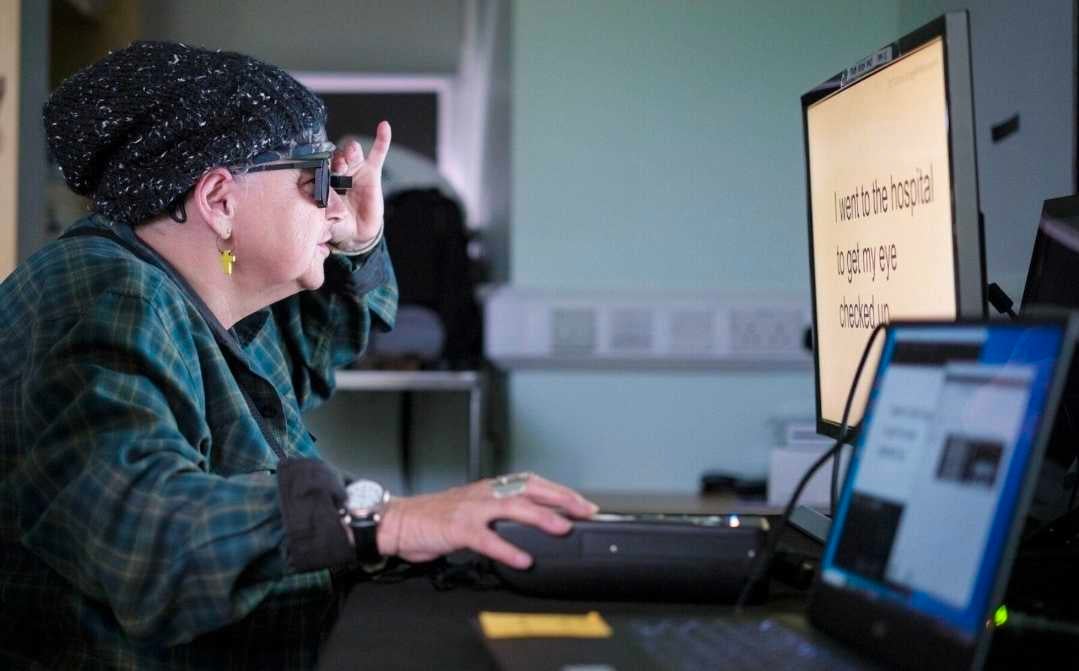Age-related macular degeneration (AMD) steals sharp central vision, blinding over 5 million eyes worldwide. Reading menus or spotting faces? Gone. Enter Stanford Medicine’s PRIMA prosthesis—a 2x2 mm chip that’s a game-changer, restoring "form vision" to see shapes, letters, and patterns, not just blurry light. Slipped under the retina, this matchbox-sized marvel pairs with camera-equipped glasses that beam real-time scenes as infrared light. The chip zaps surviving neurons, bypassing dead ones, no wires or batteries needed. In a trial of 38 patients with vision worse than 20/320, 27 read again after a year—some gaining 12 eye-chart lines, like spotting signs or books. Minor side effects faded fast, and two-thirds raved about life-changing clarity. With grayscale upgrades and denser chips aiming for 20/20, PRIMA’s not just tech—it’s hope, lighting the way to independence for millions.
Do you think this is a safe application of technology? Why or why not? Share your thoughts below. 👇🏻
Link to article: https://med.stanford.edu/news/all-news/2025/10/eye-prosthesis.html


